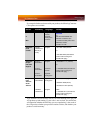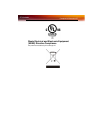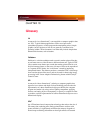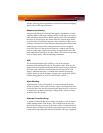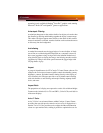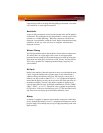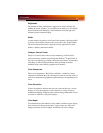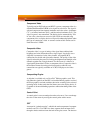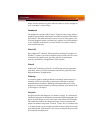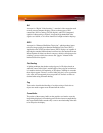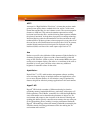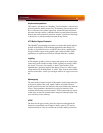
62
single display within its existing ambient lighting environment, or to better
color match two or more adjacent monitors.
Back Buffer
A type of offscreen memory used to provide smooth video and 2D graphics
acceleration. This technique uses two frame buffers, so the process is often
referred to as “double-buffering.” While the contents of one buffer are
displayed, a second buffer, called the “back” buffer, holds the frame being
worked on. In this way, users will only see complete, smooth frames
displayed onscreen.
Bilinear Filtering
This filtering method reduces the blockiness caused when zooming into a
3D surface that is at a right angle to the viewer. A newspaper photo
examined closely enough will show that the picture is made up of tiny dots.
If the photo was enlarged it would start to look “blocky” and less distinct.
This is also a problem for computer-generated images, especially for
surface details.
Bit Depth
Refers to the number of data bits required to store color information about
a pixel. Larger bit depth means a greater range of color information is
capable of being encoded into each pixel. For example, 1 binary bit of
memory can only encode to either “0” or “1.” So a graphical bit depth of 1
means that the display can only show two colors, the black and white of a
monochrome display. Four-bit color depth is capable of displaying 16
colors because there are only 16 different combinations of 4 bits (“0000”,
“0001”, “0010”... to “1111”). Sixteen-bit color is capable of reproducing
65,536 colors, 24-bit color can display up to 16,777,216 individual colors,
and 30-bit color can display up to one billion individual colors.
Bitmap
A bitmap is a graphic or character representation composed of individual
pixels, arranged horizontally in rows. A monochrome bitmap uses one bit
per pixel (bpp). Color bitmaps may use up to 32bpp, depending on the color
depth selected.



